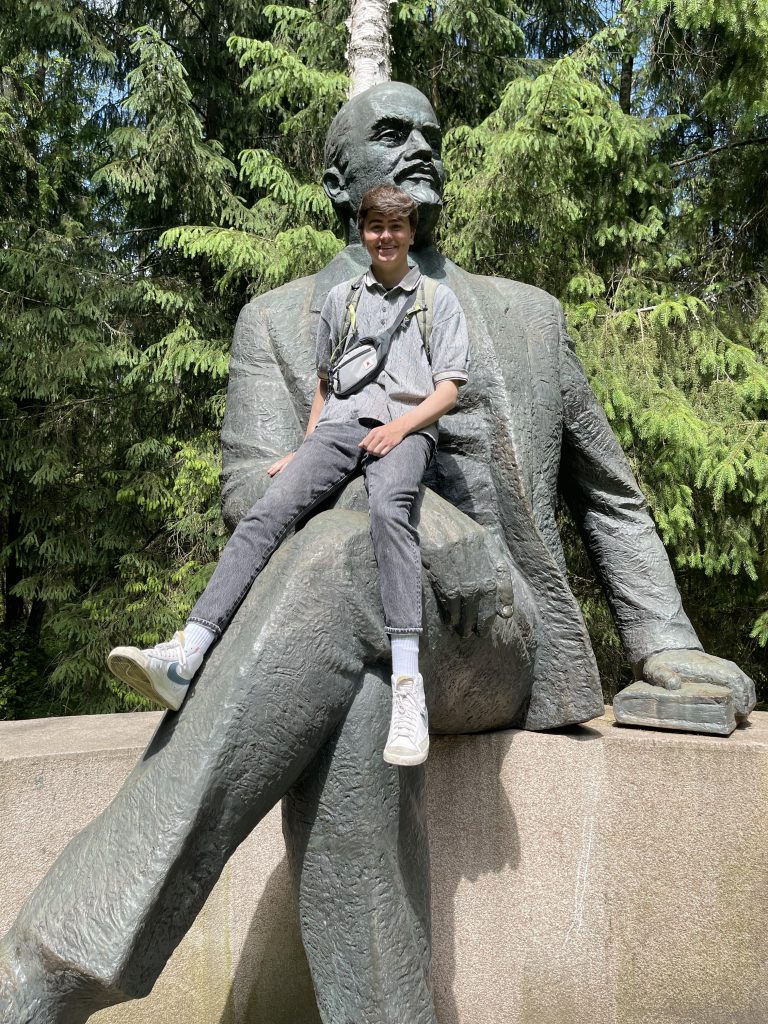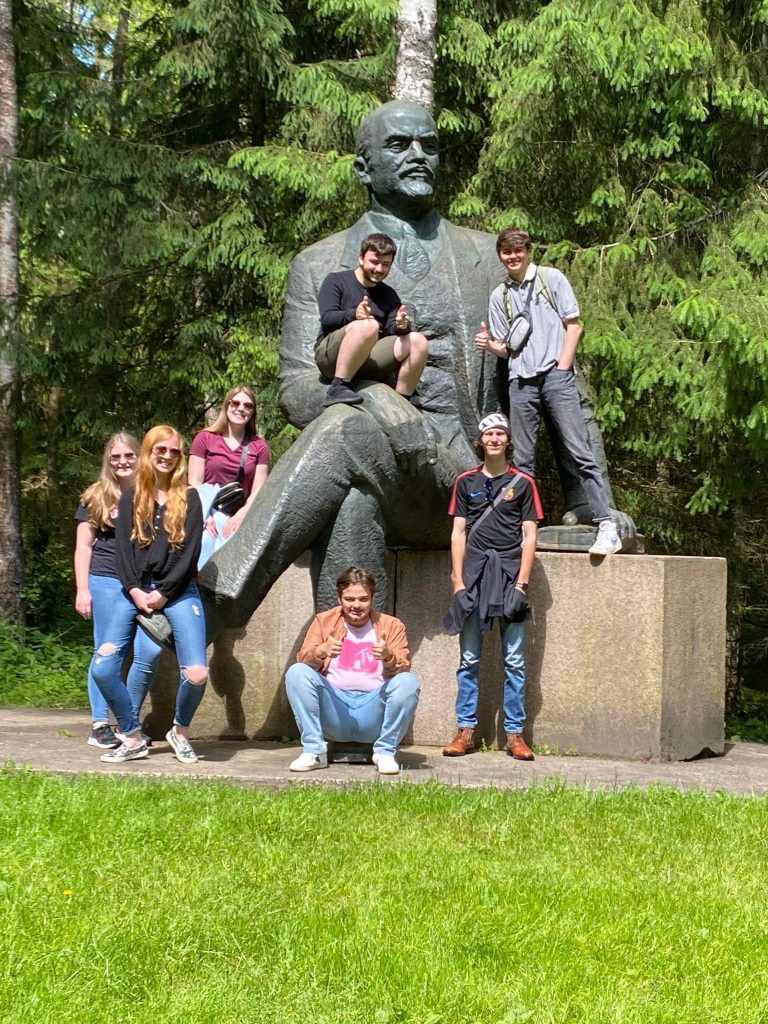By: Scott Day and Ricky Underwood
The Soviet state solidified its rule through statues. Over the course of its existence, the Soviet state built statues to Marx, Lenin, Stalin, and other important figures, placing them in every republic as a symbol of political authority.
When the USSR occupied the Baltic Republics during and after World War II, the statues came with the new political authority. Soviet authorities also tore down preexisting statues dedicated to national heroes in each of the republics. When the Baltic Republic all declared their independence from the USSR, the Soviet statues came down, replaced with new national ones.
In Lithuania, Viliumas Malinauskas decided to save some of the Soviet statues in order to preserve the contentious history they symbolized. Using private funding, he transported and then displayed them in a park near Druskininkai. Malinauskas’s decision to save Soviet statues did not result from nostalgic feelings for the Soviet system. Instead, he wanted foreigners and fellow Lithuanians to confront the Soviet ideology that hurt people in the past.
Malinauskas founded the Grūtas Soviet Statue Park. The park is separated into sections denoting the Soviet occupation in Lithuania. The “totalitarian sphere” contains communist leaders and theorists. The “terror sphere” is dedicated to the founders of the Communist Party of Lithuania. The “Soviet sphere” includes the leaders of communist Lithuania. The “red sphere” houses Soviet partisans. The “occupation and death sphere,” the park’s last section, is dedicated to all the people who were killed or deported under Soviet occupation.
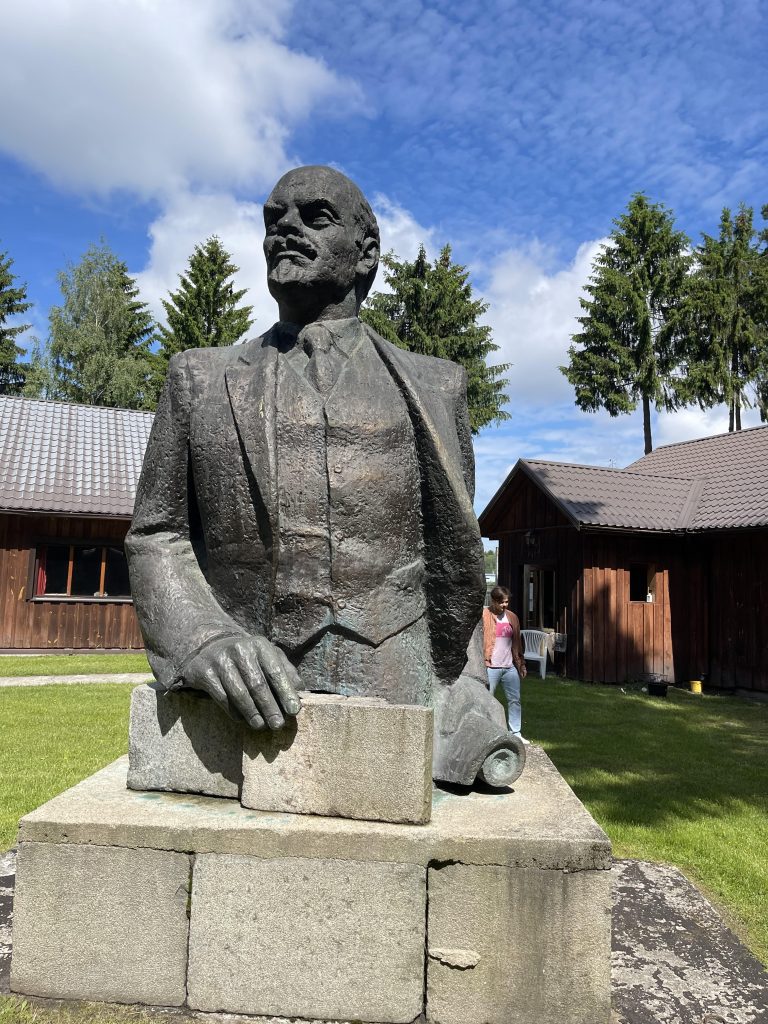

The park faced a great deal of scrutiny during its construction. Critics questioned whether the statues had to be preserved at all. Plans for the park evolved to include a mini zoo in order to signal that the park did not support Soviet ideology. Instead, the zoo mocked the Soviet Union and its leaders. When you enter the park you can see a pen of alpacas and goats grazing alongside Soviet statues.
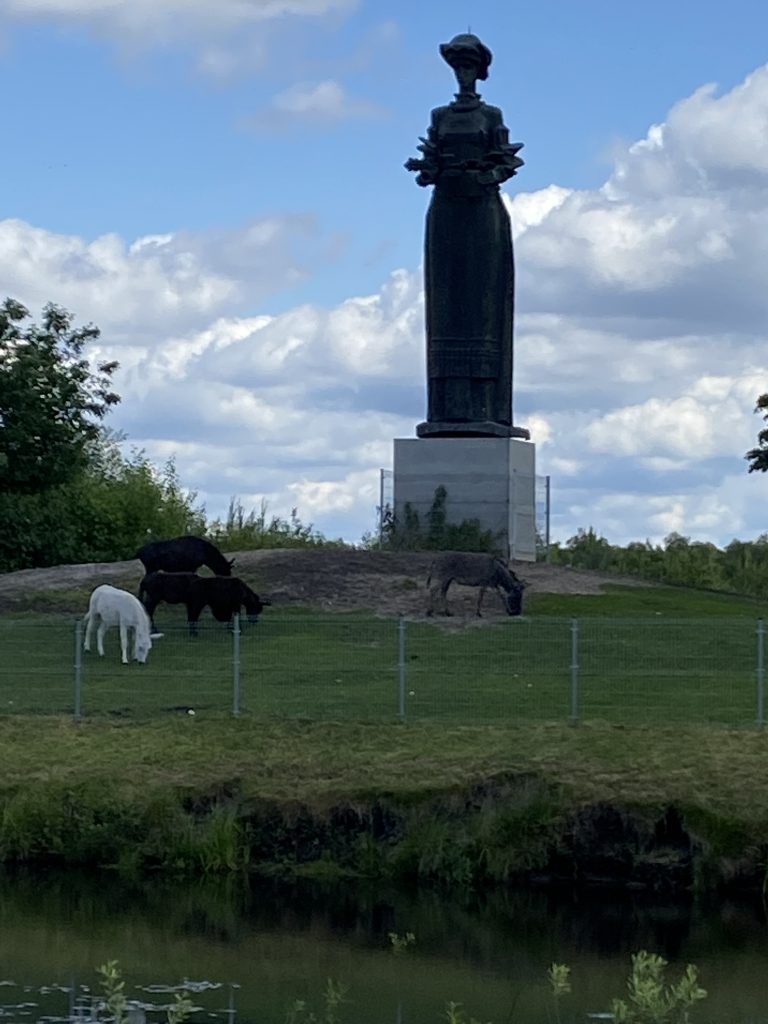
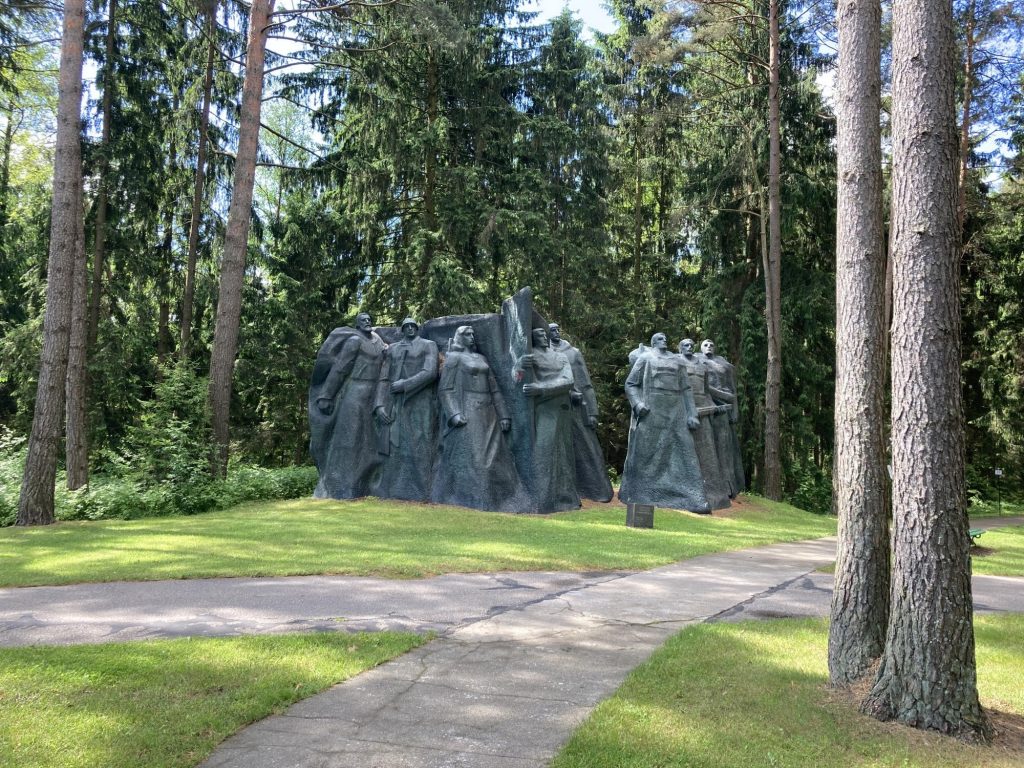
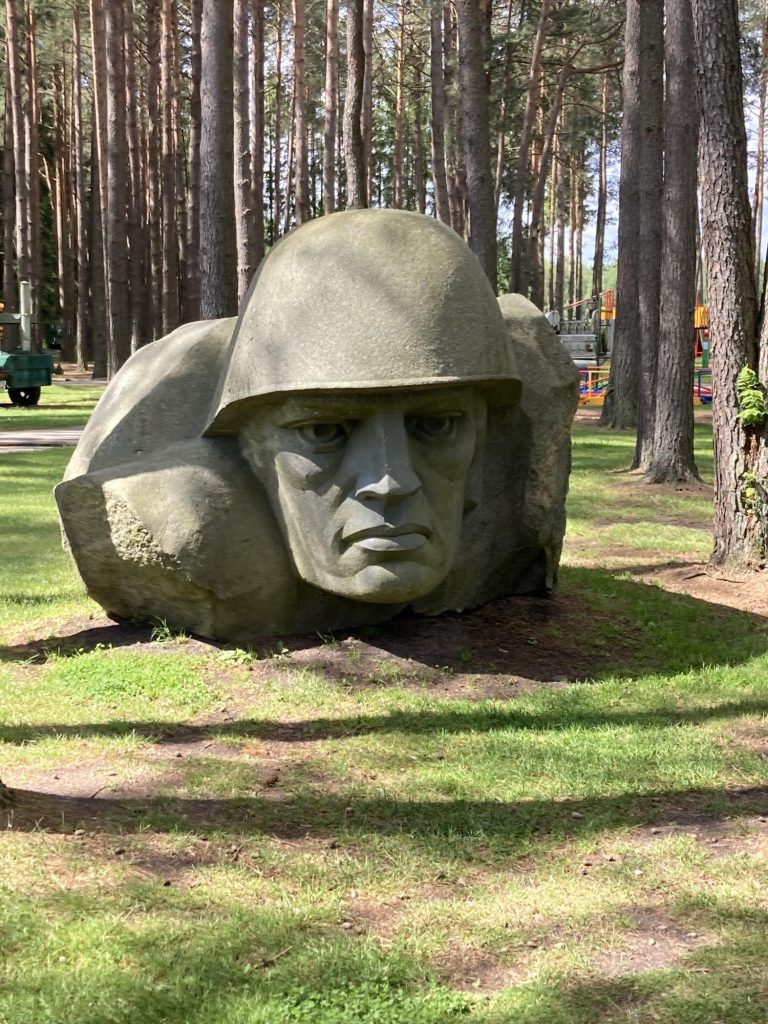
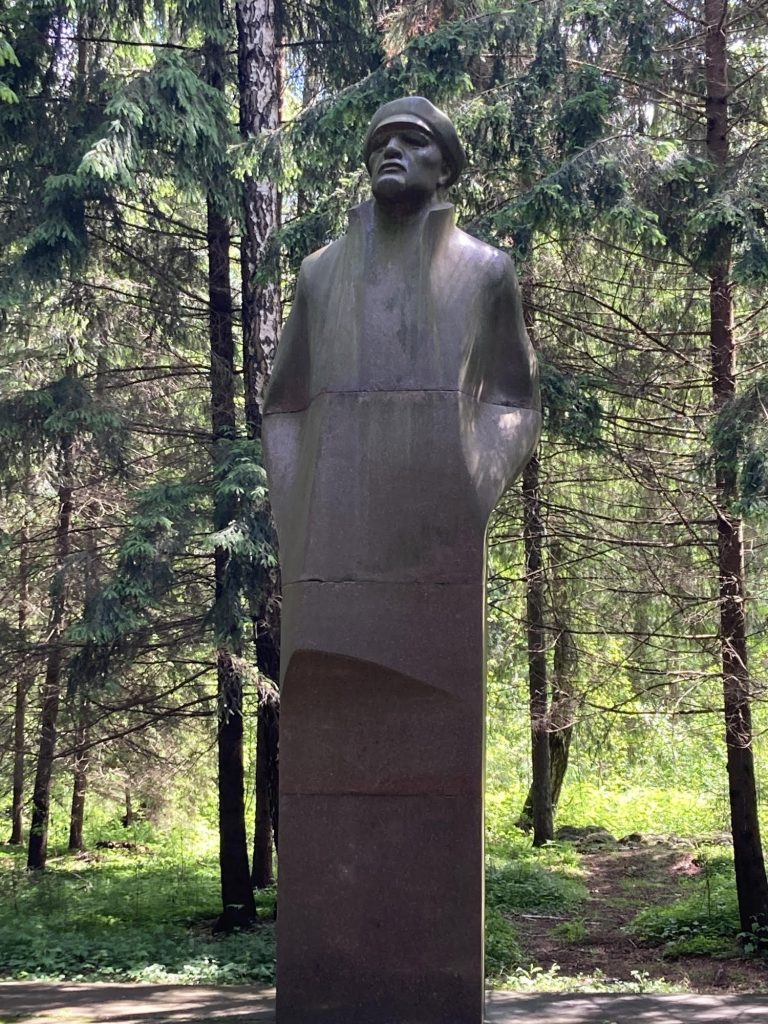
Grūtas Park’s story provides an interesting comparison to that of Confederate statues in the United States. It is clear to see why independent Lithuania removed Soviet statues and why many questioned their placement at Grūtas Park. After 1990, Lithuanians wanted to cast off the traces of Soviet occupation to build an independent state. After Russia’s war against Ukraine started, Lithuanians have debated whether or not to remove the remaining Soviet era WWII monuments. In the United States, though Confederate statues are dedicated to traitors who fought against American armies, many still want them to be maintained and argue that they represent history.
Comparisons help point out differences between the two sets of statues. In Lithuania, the Soviet government erected statues to mark their authority. In the United States, most Confederate statues were erected well after the Civil War with notable spikes around 1900, when Southern states enacted Jim Crow laws, and in the 1950s, as a response to the modern Civil Rights movement. The analogy for the Lithuanian case would be if Russians in Lithuania put up statues to Lenin and Stalin today.
In the wake of George Floyd’s 2020 murder, support for the removal of Confederate statues has increased, with 94 statues removed that year. These statues met different fates: some were destroyed with others placed into museums.
An American version of Grūtas Park could work as a site for former Confederate statues, but it would have to be carefully planned to avoid celebratory or nostalgic inclinations. Grūtas Park succeeds because it preserves its statues without celebrating them. Of course, there are very few Lithuanians who would celebrate Soviet statues, while as recently as 2017 one poll found that 54% of American adults thought Confederate statues should remain in public.
Grūtas Park is a unique site that preserves the dark side of Lithania’s history of occupation. The park delicately balances history and mockery to create a very surreal experience. Though it may never happen, Grūtas Park serves as an example of how an American version could be created.
Sources
“How Lithuania Dealt with Its Soviet Statues.” The Economist, The Economist Newspaper, https://www.economist.com/prospero/2017/08/30/how-lithuania-dealt-with-its-soviet-statues.

